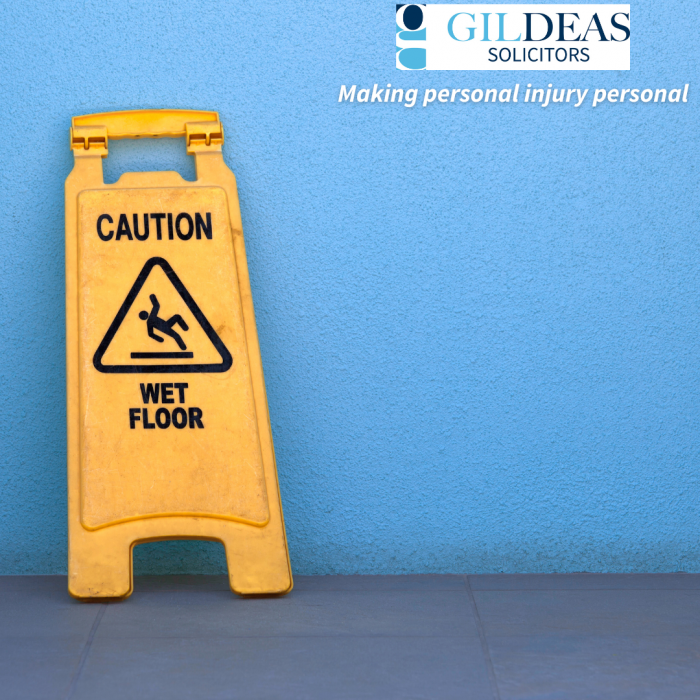
Public liability claim is one of our expertise at Gildeas, but what actually is a public liability claim? And what do you need in order to raise this type of claim?
In this article, we explain what this type of claim is, and what you need to prove to make a successful claim.
What is a public liability claim?
If you injure yourself in a public area which is owned by a public authority, such as the local council, you may be able to make a public liability claim against the public authority for compensation.
Commonly, this type of claim consists of a trip or slip on a public pavement or road. This could be as a result of a defect on the pavement, such as a pothole or a loose slab of concrete, as well as a result of poor lighting or lack of signage.
What duty of care does the local authority owe to members of the public?
Local authorities owe a common law duty of reasonable care to members of the public. As such, they have a duty to maintain pavements and roads to a safe standard. A claim against a public authority therefore arises out of their failure to perform this duty.
What do we need to prove to make a successful public liability claim?
In order to make a successful public liability claim, the pursuer must prove:
- That the public authority was aware of a hazard with the potential to cause injury, or ought to be aware of it; and
- That the public authority failed to take action to remove the hazard.
Most local authorities adopt a reasonable inspection regime, to make sure they are aware of such hazards. As a result, when you raise this claim, one of the first steps for your solicitor will be to obtain records of these inspections. They may also seek to obtain records of any reports of complaints of the defect and repairs which may have been carried out to the area. These records will show whether the public authority were aware of the hazard, if it has been recognised in an inspection, or that they ought to have known if, for example, a member of the public has made a complaint.
This said, a public authority cannot be expected to remove any danger on the roads or pavement the minute it is brought to their attention. So, how long do they have to fix defects? This depends on the type of defect. For those defects which are considered to be most serious, those that represent an immediate or imminent hazard, public authorities have 28 days to permanently repair the defect.
What can I do to help my own public liability claim?
A key element to making a successful public liability claim is having sufficient evidence. Photos of the hazard which caused your injury is essential, and witness statements which attest to the hazard can also be invaluable to your case.
Emma Thomson, a highly experienced Senior Associate, possesses over a decade of specialised expertise in managing public liability claims due to road damage including potholes . Additionally, She is both accredited by the Law Society of Scotland as being a specialist in personal injury claim and she is recognised as a trauma certified solicitor, demonstrating her comprehensive understanding of the potential impact that accidents can have on our clients. Emma’s approach is characterised by a personal and empathetic manner, ensuring that our clients receive the utmost support. To initiate a claim, we encourage you to reach out to Emma and her team via email on Newclaims@gildeas.net or by calling 0141 331 6070.
The author of this post is Ciara Roche , one of our trainees , who is in Emma Thomson’s team.
